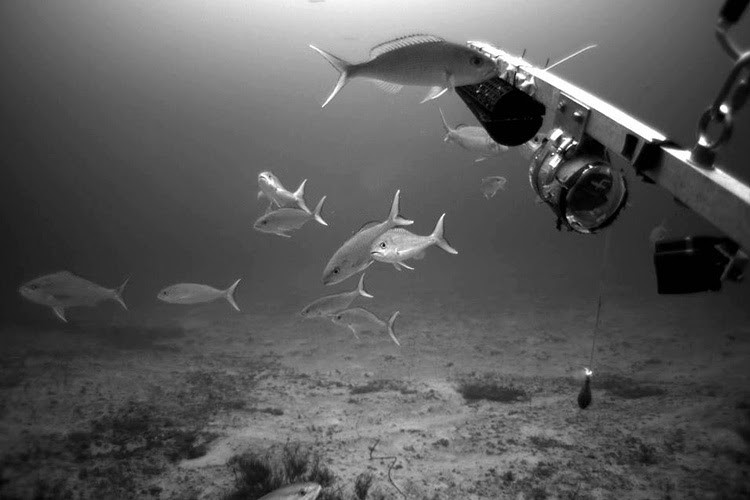NOAA scientists are partnering with citizen scientists in the OceanEYEs project to count seven important bottomfish species.
Hana Ra, UW Biology ’20 alumna, first became interested in citizen science during her junior year introductory marine biology course when founder Dr. Julia Parrish presented on the citizen science program Coastal Observation and Seabird Survey Team (COASST), based at the UW School of Aquatic and Fishery Sciences. “I was amazed by how the founder, Dr. Julia Parrish, had created a program that utilized both researchers and the general public to collect data and subsequently inform a multitude of management and conservation projects,” says Ra.

Ra began working with COASST as an undergraduate intern and then found an opportunity to help the NOAA Pacific Islands Fisheries Science Center (PIFSC) create a citizen science project in her hometown of Honolulu, Hawaii. She began to develop the citizen science project “OceanEYEs” as a NOAA/JIMAR PIFSC Young Scientist Opportunity (PYSO) Intern.
“During my internship, I collaborated with PIFSC researchers and utilized research data collected from the annual bottomfish surveys to create informative training and education materials” says Ra. “I also regularly communicated and collaborated with private industries including Kitware Inc. and Zooniverse to ensure the information that I generated would integrate seamlessly into their downstream product pipelines. Near the end of the internship, I helped conduct a beta test in order to see how useful and effective the project that we developed was for users to produce the high quality data that we needed.”
With OceanEYEs, citizen scientists can help review images from the annual bottomfish survey, tagging and identifying all the fish that they see. Scientists can then use those data to train advanced artificial intelligence (AI) tools, to look at different ways of counting fish in video. The data can also be used as information for stock assessments.
The images are collected every year during the Bottomfish Fishery-Independent Survey in Hawaii (#BFISH) using state of the art stereo-camera systems. The survey provides an estimate of the number of “Deep 7” bottomfish. That’s a group of seven species of fish that have both economic and cultural value to the islands. The data from this survey are used in the Deep 7 stock assessment to provide managers with the best information to make management decisions. That includes annual commercial fishery catch limits.


The camera systems, which rest on the seafloor for 15 minutes at a time, record hundreds of thousands of images over the course of the survey. NOAA scientists currently analyze these images but, as you can imagine, the number of images collected during survey operations can quickly overwhelm them.
NOAA has been investing heavily in the development of AI solutions, allowing scientists to use machine learning and computer vision to analyze images. However, for the machine to learn, it requires large numbers of training images. Those are images of fish that a human has already tagged and identified.
The OceanEYEs web page gives users a tutorial on how to recognize each fish species and how to properly mark them in the image. It also has a field guide and text to help users identify and annotate fish. Users can also learn about the science behind OceanEYEs.
Fifteen different people view and annotate each image, and the results are compiled to give a “consensus” annotation. Initial results suggest that consensus annotations can match the accuracy of professional analysts, greatly enhancing NOAA’s capabilities to process image data from the Pacific Islands region.
HOW CAN I GET INVOLVED?
Anyone can get involved with this project as long as they have internet access and the OceanEYEs project website link! Once users go to the website link, they can explore the project website and can either click on the "Get Started" button on the main page or the "Classify" tab at the top right to go to the main workflow of the website and to start classifying these underwater images! If users have questions regarding a certain image, they can use the "Talk" tab at the top right, which will lead them to a message board where they can ask questions and chat with fellow annotators.
For more information, contact Hana Ra (hana.ra.biology@gmail.com) or Dr. Benjamin Richards (benjamin.richards@noaa.gov), Fish Biologist at the NOAA Pacific Islands Fisheries Science Center (PIFSC)
This story was adapted from a NOAA press release published on September 15, 2020

